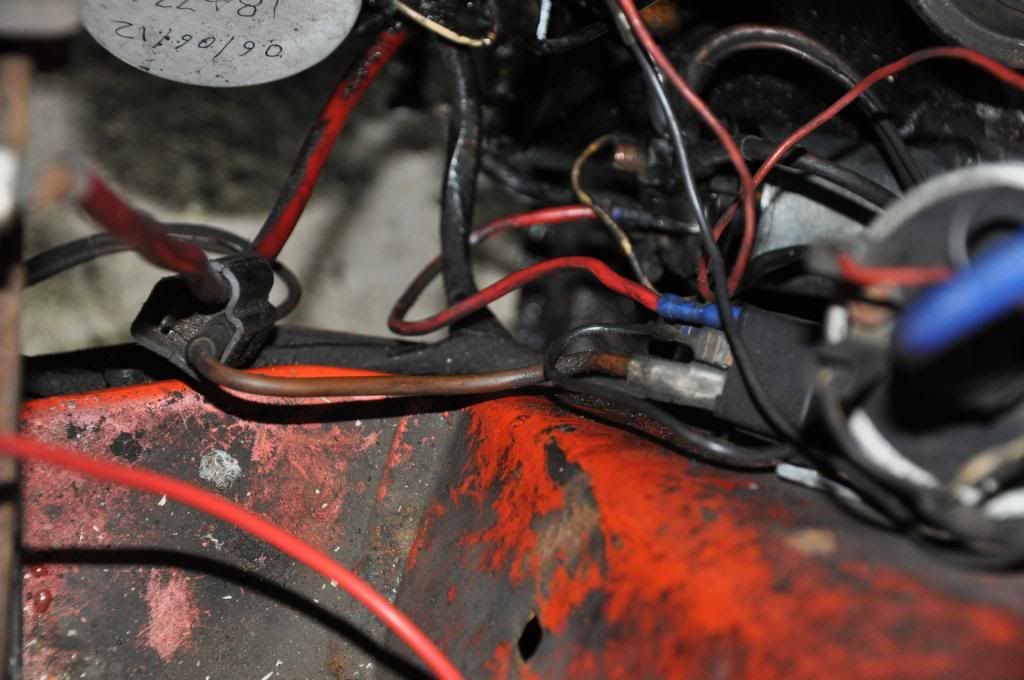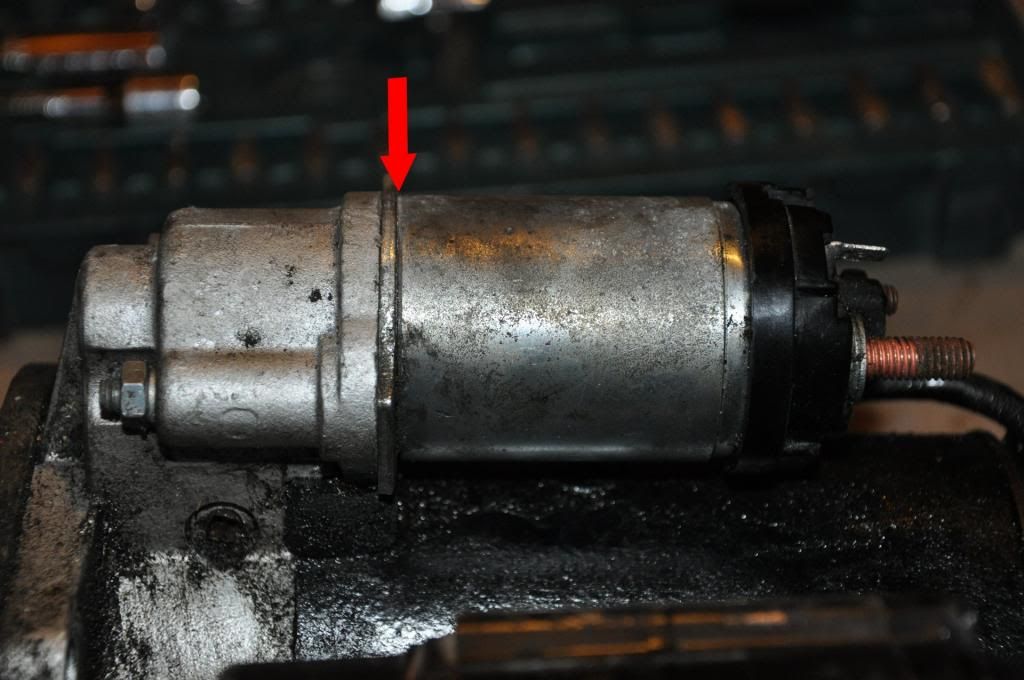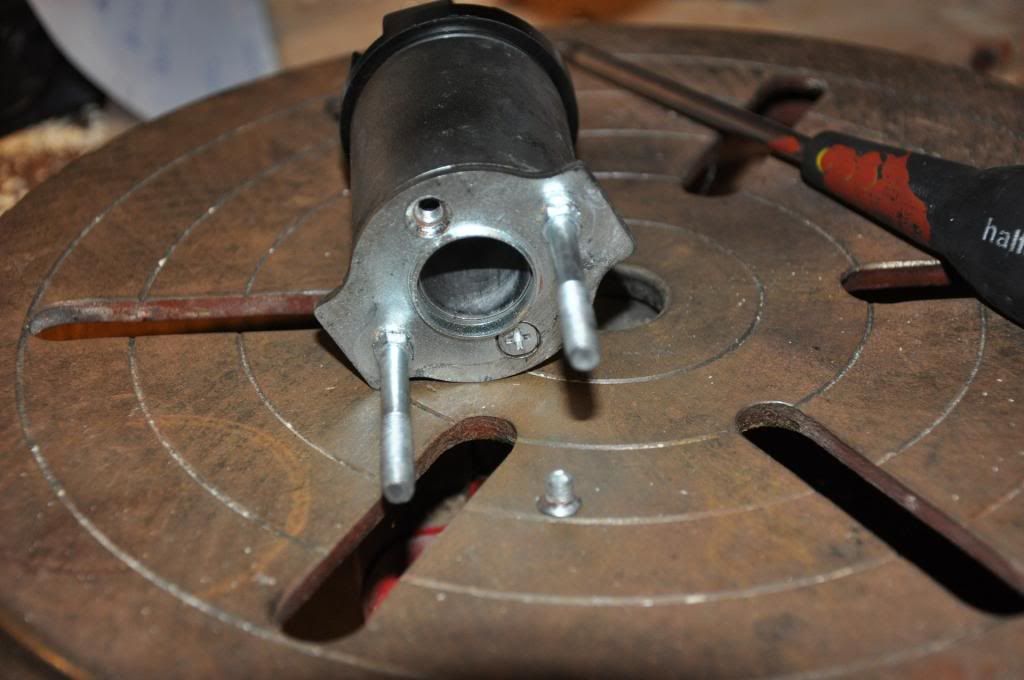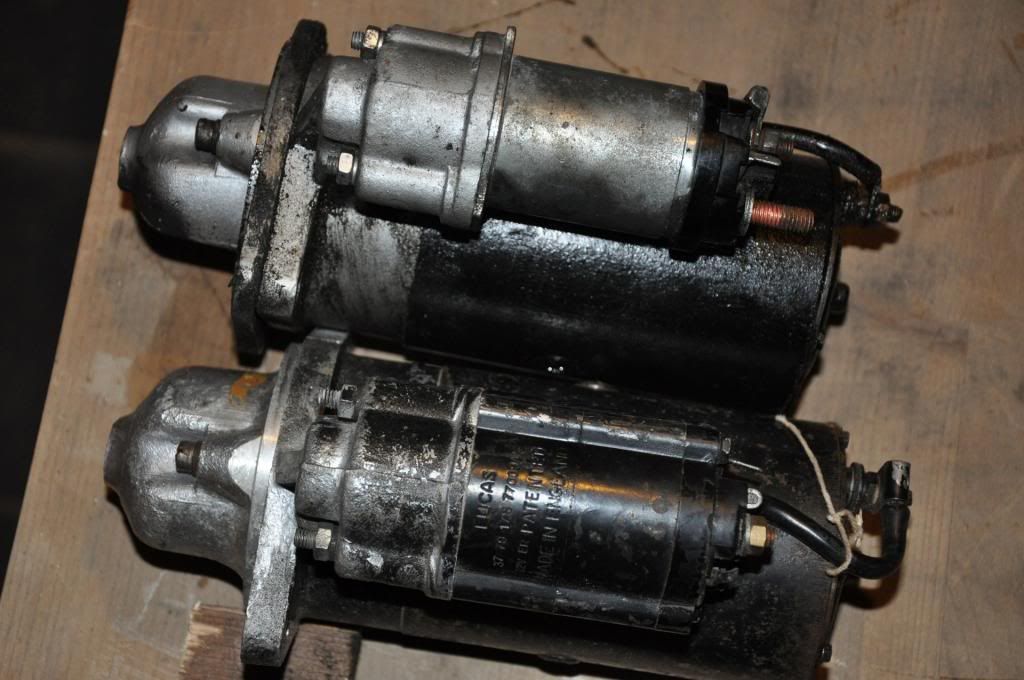Thanks Richard, will do. I would like to prove the alternative solenoid as viable as if they aren't and original ones are becoming a scarce we have a problem.
Right then. 2-3 seconds cranking each time using the Fluke 87 with Min/Max capture as appropriate. I'm checking every link to prove/disprove the bad earth bad connection theory. Readings numbered to make conversation easier later. Slow or fast noted below relates to cranking speed and is not overly scientific but some of the tests suggest it's not entirely subjective.
Test 1. V battery
1.1. 10.38 - slow
1.2. 10.22 - slow
1.3. 10.19 - slow
Test 2. V return (Starter fixing bolt to battery -ve)
2.1. 0.144 - slow
2.2. 0.142 - slow
2.3. 0.144 - slow
Test 3. Battery V+ to solenoid+ (This link uses a shortened Sprint/1850 cable that has the 4 way tapoff in it)
3.1. 0.109 - fast
3.2. 0.109 - slow
3.3. 0.106 - fast
Test 4. Solenoid+ to motor+ (IE across the solenoid contacts and the link wire)
4.1. 10.73 - click
4.2. 0.53 - slow
4.3. 0.78 - slow
Test 5. Battery V+ to solenoid WR (This is via a relay instead of the OE route through the ignition switch, see photo below)
5.1. 0.15 - fast
5.2. 0.17 - slow
5.3. 0.14 - fast
Test 6. Battery V+ to solenoid WR with relay modification removed (As BL intended, current path via the ignition switch)
6.1. 3.62 - click
6.2. 3.52 - click
6.3. 1.57 - slow
Test 7. Solenoid current. (using the max function on the meter means these readings relate to the pull in coil. Current clamp is an Iso-Tech ICA37N on 100A scale)
7.1.
7.2. Results discarded as I am unsure I had the current probe correctly oriented.
7.3.
Test 8. Motor current. (Yes, I did remember to put the clamp
below the 4 way tapoff. Current clamp on 600A scale)
8.1. 210A fast
8.2. 258A slow
8.3. 254A slow
Test 9. Solenoid current. (Repeat of test 7)
9.1. 55A slow
9.2. 24A fast
9.3. 41A slow
Test 10. V battery again as test 1 to see how flat it is now.
10.1. 9.07 slow
Yup, flat.
I don't see anything untoward in tests 1-3. Battery voltage during cranking is where this thread started so I can't call the test 1 figures bad or good, maybe by the end of this we'll know. Test 4 is where it gets interesting. Clearly in test 4.1 the solenoid contacts have not closed. I'll not speculate on why yet.
Test 5 shows very low voltage drop in the solenoid current path using the modified wiring.

You can see in the above the current carrying path for the solenoid through the modified Sprint cable on the left (battery terminal is the out of focus blob at the left of shot), 4 way connector, brown wire, relay & red wire. 18" maybe rather than the several yards via the column.
Test 6 is where things start to get interesting. I did this test just to see what improvement there was and revealed rather more. The very large voltage drop in tests 6.1 & 6.2 could simply be that the ignition switch contacts are dirty having been relieved of their high current duties for so long. It struck me as rather interesting though that the symptoms with this clear fault match the symptoms we are looking for. And match it did, the click was just the same as the others I've heard. 6.3 gives us a real clue what improvement the relay and shorter current carrying path gives. A very significant one.
It was as I was about to do test 7 and started to think about currents I had something of a eurika-oh-s##t moment. The solenoid pull in resistance Richard posted above means that the pull in current, assuming 12.6 volts at the battery, is up to 60A
for a standard solenoid. For this solenoid we don't have figures. 60A is much higher than I realised when I fitted the relay, could that be the problem? Well the relay is rated for 30A continuous. It will carry more but get hot and self destruct eventually. The test 9 results show that indeed it can carry >30A. Is there anything in the fact that when the solenoid current was lowest I got fast cranking? I don't know but doubt it, more testing would be needed to investigate that. I do think just for belt & braces I will change to a 70A relay and thicken up the solenoid path cables.
Test 8 confirms a few things. The current is lowest when cranking fast as we would expect for this motor type. The battery is good, it is delivering close to it's CCA rating to the motor on top of whatever is going to everything else that's live during cranking. Most of that CCA is getting used even when it cranks fast and even a healthy battery can be the limiting factor very easily. It really is a nuisance that the higher capacity 015 type is no longer available.
Next I shall fit the OE motor.
Late addition: Taking the average Vreturn and average Imotor from above the resistance in the engine 0V connection is in the milliohm range.
[Edit] Battery is a Yuasa 038, 265 CCA



